have a question on graph databases, can some one help me please? I'm handling quite a lot of data in mysql about 5M records a day sent by a router like device, access points, wireless bridges. The data is usually health data, gps etc... these are devices on vehicles. How do you handle time based data in graph databases? Has anyone applied neo4j for time-based data? It would be great to know how you query intervals and how you'd go about modelling.
I guess I can create a node for every single time i receive data with properties set each time like changed gps, health? It would be a time based graph - does that sound right? well with 5M rows mysql isn't performing bad - but as router gets new functionality new data comes through and I need to create new models again which isn't bad but not great. i want something which is semi structured and makes relating different things like why the user got kicked out is because of an access point associated to the router is down. My usual queries would be to raise alerts to say one of the device is down or if there is a reduced throughput etc. Would neo4j help me in marrying up these relationships better than mysql?
Would love to know what you guys think, any comments + thoughts appreciated.

